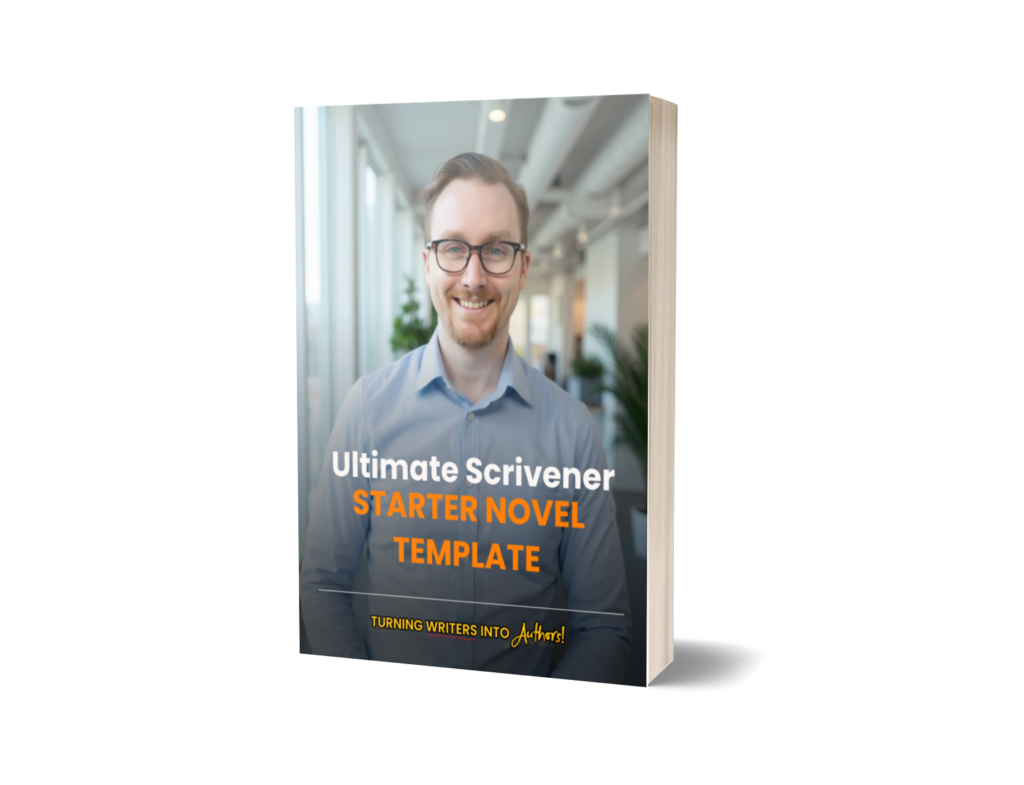Fantasy novels are a unique and popular genre of writing, enjoyed by people of all ages. While there are many ways to write a fantasy novel, outlining your story using one of seven specific plot structures can help you create a masterful work that will keep your readers engaged from beginning to end. In this article, we’ll break down the basics of each structure!
1. The Hero’s Journey
The Hero’s Journey is a pattern of narrative identified by the American scholar Joseph Campbell that appears in drama, storytelling, myth, religious ritual, and psychological development. And is its is one of the most commonly used structures in Sci-Fi Fantasy, particularly space operas. As such it has become something of cliche or stereotype, so you may want to keep that in mind if you decided to select this structure to write your fantasy novel. However, because it is commonly used it presents a good starting point for beginners as there are plenty of good and bad examples from which you can learn. It describes the typical adventure of the archetype of the hero, starting with his or her ordinary world and call to adventure, and then following the hero through a series of tasks and trials to the ultimate triumph over evil.

Along the way, the hero often encounters a mentor who gives him or her special powers or equipment, as well as tests of his or her resolve. The Hero’s Journey is not just about defeating villains; it is also about growing up and becoming wiser and more capable in the process. In many ways, we all go on Hero’s Journeys throughout our lives, overcoming challenges and learning from our experiences.
2. The Three-Act Structure
All great stories have a beginning, a middle, and an end–the three-act structure. This timeless framework is found in everything from ancient myths to modern blockbusters, and it can be used to structure your fantasy novel as well. In the first act, the story’s protagonists are introduced and the conflict is established. The second act sees the protagonists face obstacles and make choices that lead to the story’s climax. Finally, in the third act, the conflict is resolved and the story comes to a close. While many modern stories deviate from this traditional structure, the three-act structure remains an essential component of great storytelling. So the next time you sit down to write a story, don’t forget the tried and true three-act structure.
3. Save the Cat Plot Structure
When it comes to plot structure, there are a lot of different options out there. But if you really want to get the most bang for your buck, you can’t go wrong with the “Save the Cat” plot structure. Named after the seminal book on screenwriting by Blake Snyder, this structure is all about giving the audience what they want: a clear and concise story that hits all the right beats. While this structure was designed for screenplays it works just as well in novels!

Here’s how it works:
The story starts with our hero in his ordinary world, but often in a dire situation (either physical or emotional). We see a lot of our hero’s flaws, which make her relatable, and human! However, these flaws can also lead us to hate the hero if she doesn’t have some redeemable qualities. This is where the hero needs to “save the cat” – do something selfless and heroic that helps us fall even more in love with them, and believe she is worthy of redemption. This immediately gets the audience invested in the character and rooting for them to succeed.
The next beats introduce us to the supporting characters and start to establish the conflict. We meet the antagonist, learn about the stakes, and see how our hero is going to have to struggle to overcome them.
Things really start heating up in the “dark night of the soul,” when everything seems lost and our protagonist is at their lowest point.
From there, it’s a race to the finish as our protagonist overcomes all odds and defeats the antagonist. We get a satisfying resolution, the hero learns a lesson resulting in overcoming one of her critical flaws. So if you’re looking for a tried-and-true plot structure that will keep your audience engaged from beginning to end, look no further than “Save the Cat.” It just might be the purr-fect solution for you.
5. The Seven Basic Plots
There’s no need to be ashamed of it – there is nothing new under the sun. All stories have been told before, and the plots can often be boiled down to seven basic types. And whether we realize it or not, we’re all familiar with the seven basic plots. In fact, you could say that these plots are hardwired into our DNA. Why? Because these are the stories that we experience as participants of the human experience. Whether it’s a tale of overcoming the odds, going on a journey, or simply falling in love, we can’t help but be drawn to stories that follow one of these time-tested formulas.
So what are the seven basic plots? They are:
1) Overcoming the Monster
2) Rags to Riches
3) The Quest
4) Voyage and Return
5) Comedy
6) Tragedy
7) Rebirth
Of course, there are endless variations on these themes, but at their core, all great stories can be boiled down to one of these seven plots.
So next time you’re curled up with your favorite book or watching your favorite movie, see if you can spot which of the seven basic plots it is following. And who knows? Maybe you’ll even be inspired to write your own great story.
6. Plotting with the Twelve Archetypes
Another great way to add depth and structure to your story is to use the twelve archetypes. This formula was developed by Carl Jung, one of the most influential psychologists in history, who believed that we all possess certain universal character traits. By using these archetypes in your story, you can create characters with unique and compelling personalities who will draw readers in and keep them hooked.
The twelve archetypes are: The Innocent, The Orphan, The Hero, The Caregiver, The Explorer, The Rebel, The Lover, The Creator, The Ruler/Leader, The Sage/Magician, The Trickster/Fool, and lastly the Destroyer. Each archetype has its own set of motivations and values that help shape the plot and storyline. By incorporating these archetypes into your story, you can give each character depth and purpose that will drive the narrative forward.
So if you’re looking for an effective way to structure your story, try plotting with the twelve archetypes. It’s sure to provide plenty of inspiration and direction to help you craft a gripping tale that keeps your audience turning the page.
7. Freytag’s Pyramid
One of the most popular plot structures is Freytag’s Pyramid, which was first articulated by German writer Gustav Freytag in his 1863 book Die Technik des Dramas. In its simplest form, the pyramid looks like this:
Exposition – Rising Action – Climax – Falling Action – Resolution
This structure can be applied to any story, from a short fairy tale to a feature film, and it is often used as a way of breaking down stories into their component parts. It starts with the exposition, where we get to know the characters and setting, then moves on to the rising action, when the conflict intensifies and builds towards the climax. After that comes the falling action, where the tension begins to dissipate before finally reaching a resolution.

Freytag’s pyramid is a great way to visualize the structure of a story and make sure all the essential elements are present. With this tool in your writing arsenal, you’ll be able to craft compelling stories that will keep your readers on the edge of their seats.
Conclusion paragraph: That’s a lot of information to digest, but don’t worry, I’m here to help. If you’re feeling lost and need some direction on where to start with your novel or screenplay, try using the Hero’s Journey, Three-Act Structure, Save the Cat Plot Structure, Five-Point Plot Arc, Seven Basic Plots, or Freytag’s Pyramid. And if you want more in-depth analysis and examples of how these structures work in action, be sure to check out our upcoming blogs and webinars on these topics. With so many options available for plotting your next great story or screenplay, don’t delay any longer – choose your structure and begin setting up your plan today!
